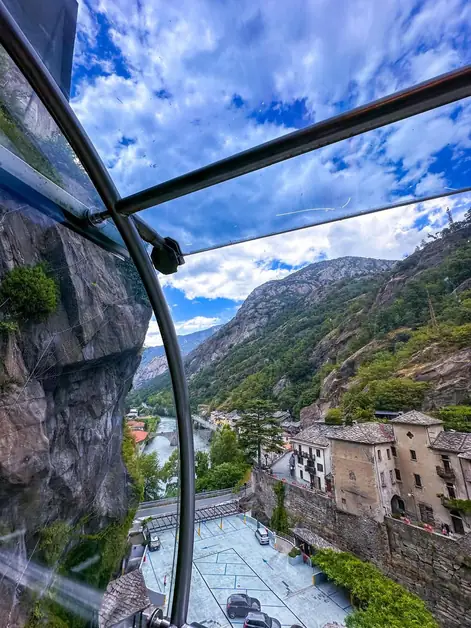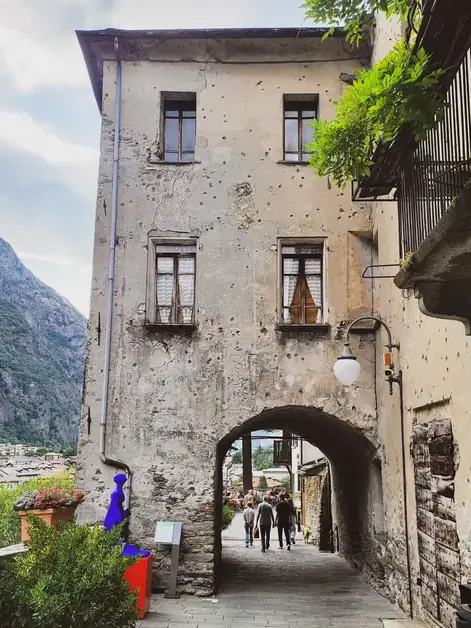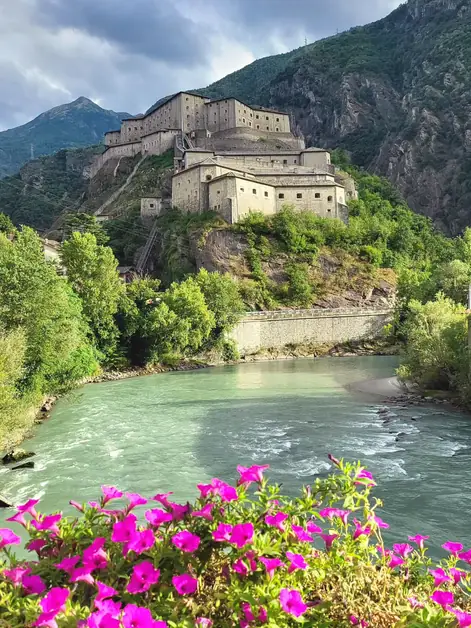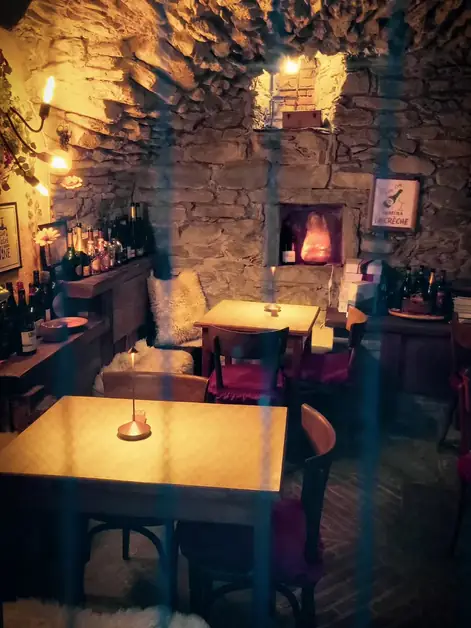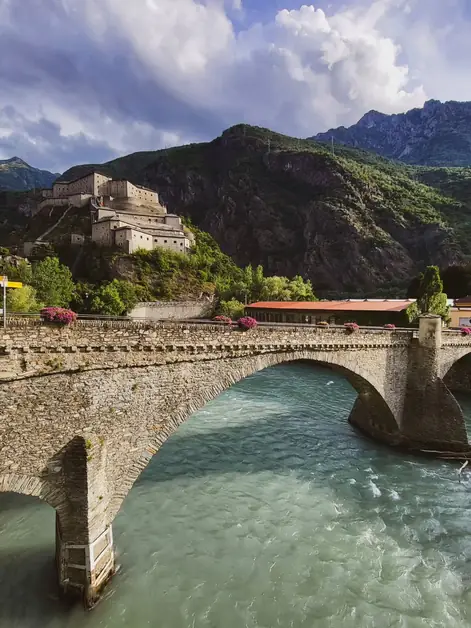Explore the Ollomont Mines in Aosta Valley
The Ollomont Mines offer a unique experience in Aosta Valley.
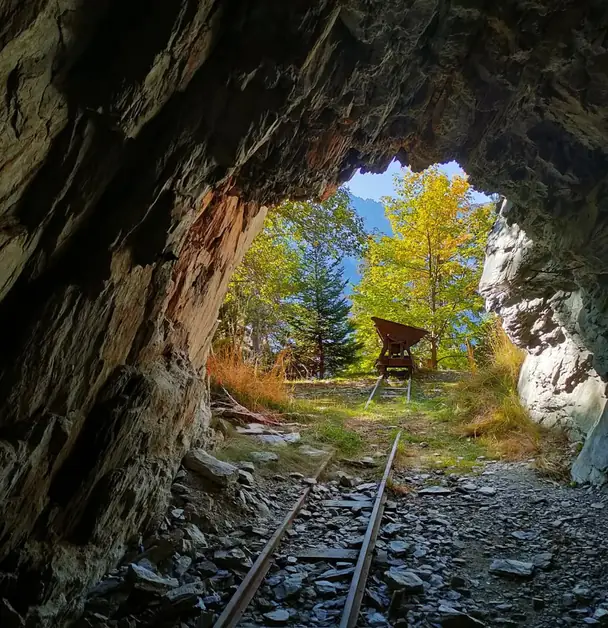
Where are the Ollomont Mines located?
The Ollomont Mines are located in Aosta Valley, in the municipality of Ollomont, about 15 kilometers from Aosta. They are nestled in a lesser-known side valley, surrounded by woods and mountains that retain an authentic and tranquil charm.
How to get to the Ollomont Mines by car?
By car, you start from the center of Aosta and take the regional road of Valpelline until the junction for Ollomont. The ascent is scenic and well-marked. After passing the village of Valpelline, continue for about 20 minutes until you reach the village of Ollomont.
Parking is not directly at the entrance of the mines: you can leave your car in the center of the village, near the town hall or in public parking along the main road. During peak times, it is advisable to arrive early to find a spot without difficulty.
Can you reach Ollomont and the mines by public transport?
Buses from Aosta run to Valpelline and Ollomont. The schedules are not frequent, and connections may require waiting, especially on weekends. Once you arrive at the Ollomont stop, you can reach the entrance of the mines with a short walk. If you are traveling without a car, it is advisable to check return schedules in advance.
What is the history of the Ollomont Mines?
The Ollomont mines were mainly dedicated to the extraction of copper and magnetite. Mining activities date back to the 19th century and continued until the 20th century, involving many residents of the valley. Today, the remaining tunnels and structures tell a story of hard work and mountain life, which is illustrated during guided tours.
What can you visit inside the Ollomont Mines?
During the visit, you walk through galleries carved into the rock, illuminated and equipped for safety. You can observe old transport carts, work tools, and some traces of the extracted minerals. The guides explain how the mine was organized and what the working conditions of the miners were.
Outside, near the entrance, there are informational panels and remains of buildings used as warehouses or changing rooms.
How long does the visit to the Ollomont Mines last?
The guided tour lasts about an hour. This is the time needed to traverse the main tunnels and listen to explanations about the history and geology of the area. Upon exiting, you can take advantage of the nearby trail for a short walk in the woods.
What is the best time to visit the Ollomont Mines?
The mines are generally open for visits during the summer season, from June to September, when guided tours are organized. In winter months, access is not always available due to weather conditions and snow.
Are the Ollomont Mines close to other points of interest?
Yes, nearby are several characteristic villages of Valpelline. In Valpelline, you can taste the famous seupa à la vapelenentse, a typical dish from Aosta Valley. Not far away, in Bionaz, is the artificial lake of Place Moulin, ideal for a walk along the dam.
Ollomont itself is a small alpine village with stone houses and slate roofs, perfect for those seeking an authentic and quiet atmosphere.
Can you hike near the Ollomont Mines?
Several trails start near the mines leading to pastures and alpine lakes. One of the most well-known routes leads to Col de Champillon, from which you can enjoy a splendid view of Mont Blanc and Gran Combin.
For those who prefer shorter walks, there are trails in the woods around the village, suitable for half a day.
Are there tourist services near the Ollomont Mines?
In the village of Ollomont, there are a few bars, a small picnic area, and accommodation facilities such as hotels and B&Bs. It is not a very crowded place, so the offer is limited but authentic.
Those looking for more options can head down to Valpelline or Aosta, where there are restaurants, shops, and a wide range of accommodations.
Why do the Ollomont Mines interest tourists?
The mines represent an example of industrial archaeology in the mountains. By visiting them, you come into contact with a lesser-known part of Aosta Valley's history, different from the more famous castles and excursions. The combination of nature, history, and tranquility makes this destination suitable for those wanting to discover a less-traveled corner of Aosta Valley, away from mass tourism.
